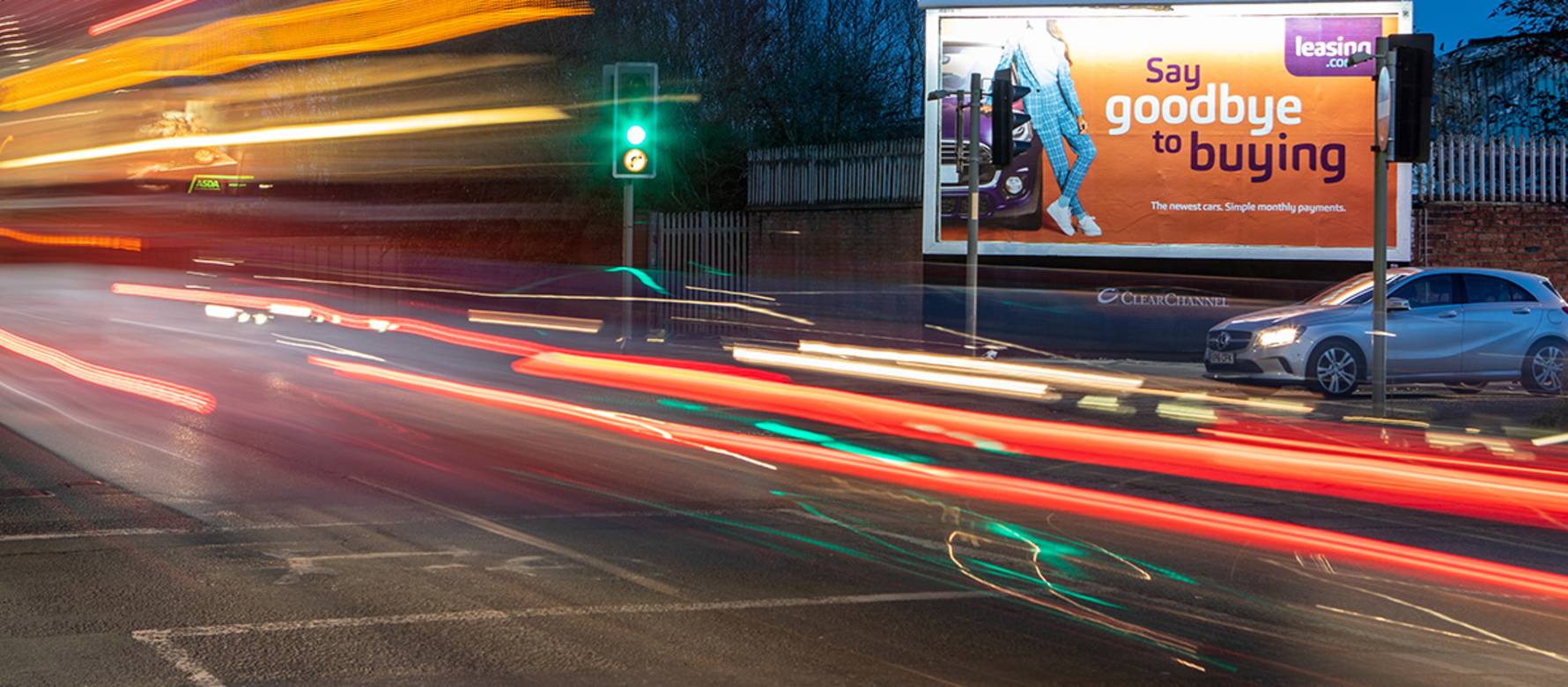The difference between Billboards and Hoardings
09 Jul 2019 / Insights
In the advertising age, it’s not uncommon to be unsure which form of advertising is the best of your brand. It’s also not uncommon to be unsure of what each format is, such is the variety available to businesses today. In this article, we're going to look at the differences between billboards and hoardings.
Billboards
Billboards are the most common form of Out-Of-Home (OOH) advertising in the world. They are available in traditional poster formats, which consists of multiple sheets that make up a larger image, and digital versions, which can take the form of animations and video, as well as still pictures. They’re often situated at roadsides to catch the attention of drivers, pedestrians and commuters, but they can also be found on the sides of buildings, in shopping centres and even in bus shelters. The roadside versions, and the displays on the sides of buildings are often huge, which allows them to dominate the space and ensure that they grab the attention of consumers.
Hoardings
You may well have seen advertising hoardings on construction sites; when buildings are enveloped by scaffolding during a project, advertising is often displayed on that scaffolding or around the perimeter of a site to promote the company or the business that is doing the work. It’s also used to promote what is being built. Depending on the scale of the project in progress, hoardings can be hundreds of meters in length, which means there’s a lot of room for graphics to build brand awareness.
Another form of hoarding is the boards we see around football pitches, for example. Brands can pay for their logo, name or latest product to be displayed around the perimeter of the pitch, which can lead to immense exposure. In fact, the exposure can be two fold; firstly, you have thousands or tens of thousands of people in the stadium with their eyes glued to the pitch. Secondly, you have millions of people who watch football on TV every day, all tuning in live or to a highlights program who will see your brand on the screen. While these displays are much smaller than billboards, they can still be seen by a huge audience.
What can hoarding advertisers learn from billboard advertisements?
Billboard advertising is constantly evolving and changing in an increasingly digital age, and hoarding advertising can be found lacking in areas where billboards are thriving. Consider the advent of digital billboards – they allow for some of the most innovative advertising campaigns, from a simple, effective video to motion detection, interactivity and even augmented reality features. Hoarding advertisements are good at letting passers-by know about the work going on behind the hoardings, but a level of interactivity could help those people engage more with the brand, business or space that is being built behind them.
Secondly, billboard advertisements regularly change. One display for a car might be replaced by an advert for a watch two weeks later, or it might simply be replaced by a different advert for the same car. Hoardings, though, often remain the same until work is finished – changing them up every so often can help keep people engaged and stop the display from going stale.
Billboards and hoardings are similar in their promotional purposes, but with a difference in their usual locations. While billboards can be seen in various different locations, hoardings are only found around construction projects as an interesting combination of a safety barrier and promotional display.
SHARE POST
PRESS ENQUIRIES



